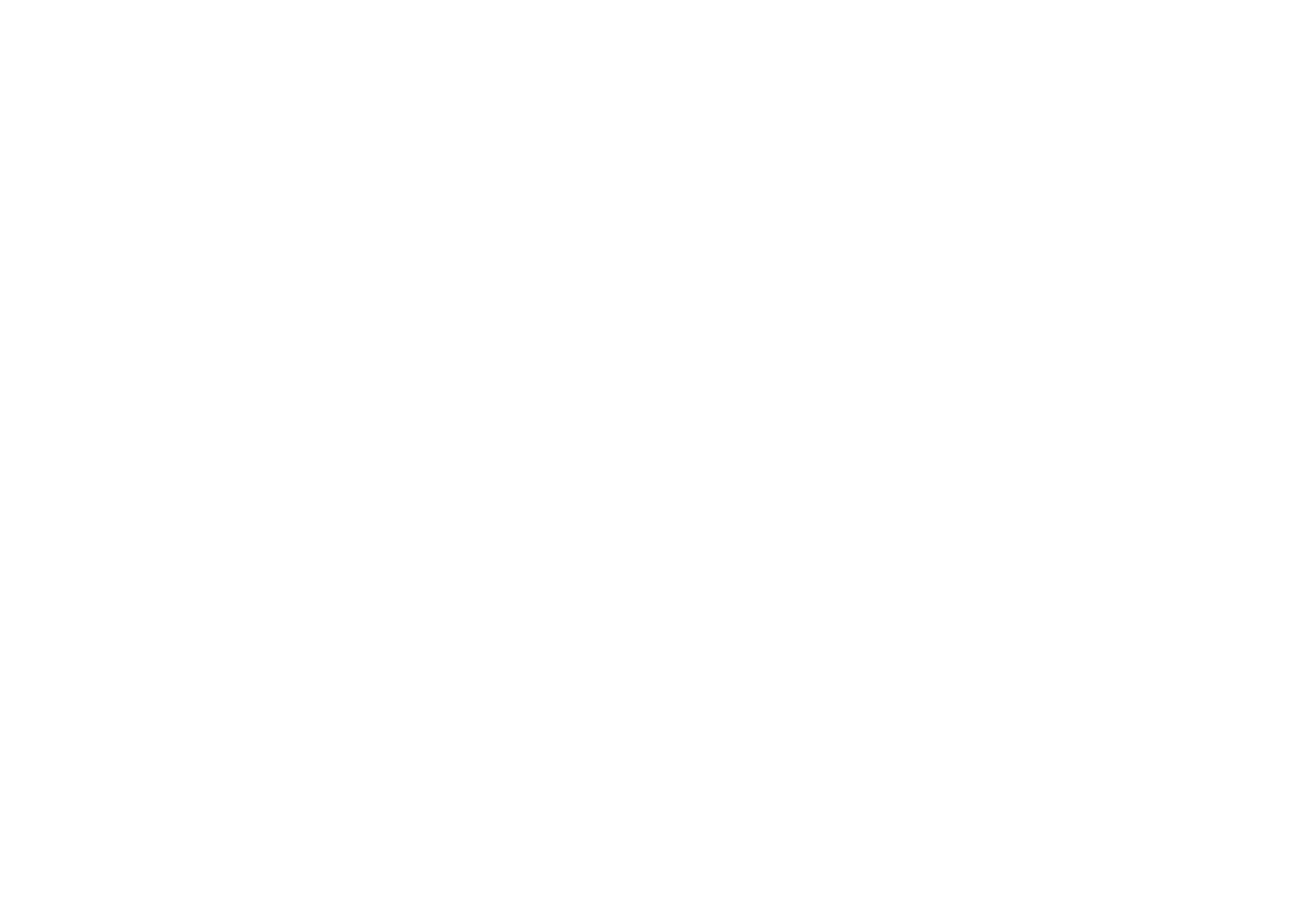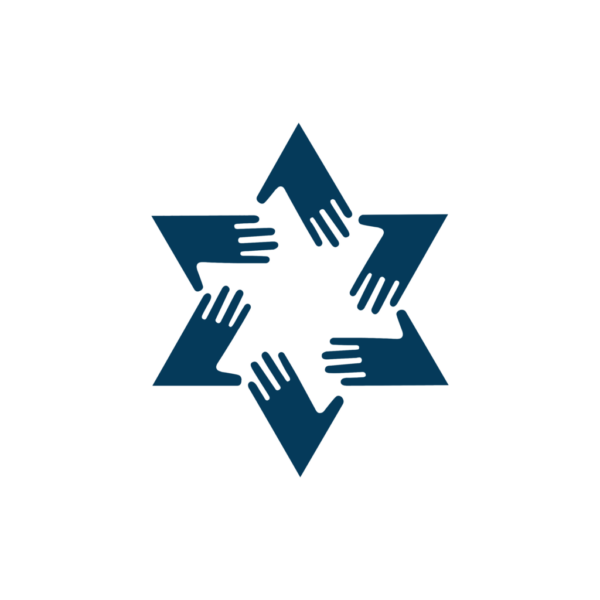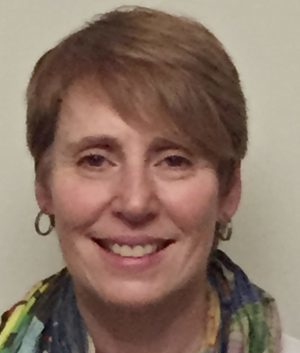 Longtime congregant and Co-Chair of our Immigration Justice Task Force Jolie Schwab travelled to the southern border last month as part of an immigration justice leadership team for RAC. Jolie is also the Co-Convener of the RAC’s Immigration Justice Cohort. They were there to fact find and develop a Reform Movement response and actions relating to the asylum crisis at the border and throughout the US.
Longtime congregant and Co-Chair of our Immigration Justice Task Force Jolie Schwab travelled to the southern border last month as part of an immigration justice leadership team for RAC. Jolie is also the Co-Convener of the RAC’s Immigration Justice Cohort. They were there to fact find and develop a Reform Movement response and actions relating to the asylum crisis at the border and throughout the US.
So much has changed since then. As we approach the holiday that tells the story of our own journey, Jolie has written about how we can weave current circumstances into a special observance at this year’s seder.

The global pandemic we are now facing is frightening and it is hard to think beyond our own circumstances. Like many of you, my emotional well being during these last three weeks has depended in part on daily long walks in Central Park. Yesterday, on that walk, I saw Samaritan’s Purse setting up a temporary tent hospital in the park across from Mount Sinai. It quickly brought my thoughts back to early March, when I visited another city park at the US southern border with a group from the Religious Action Center (RAC). We were trying to formulate a Reform Movement response to the dismantling of the asylum and refugee process in this country—that is before the COVID-19 virus changed everything.
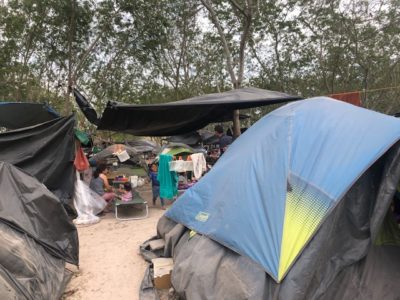
In Matamoros, Mexico, we visited a squalid makeshift tent refugee camp set up in a city park the size of two football fields that was temporary home to more than 2,500 asylum seekers from Central America and around the world. The volunteer medical personnel of Global Response Management worried about the virus coming to the camp because hand washing was a luxury and people lived in conditions where social distancing is impossible. The virus would be difficult to contain when it reached Matamoros.
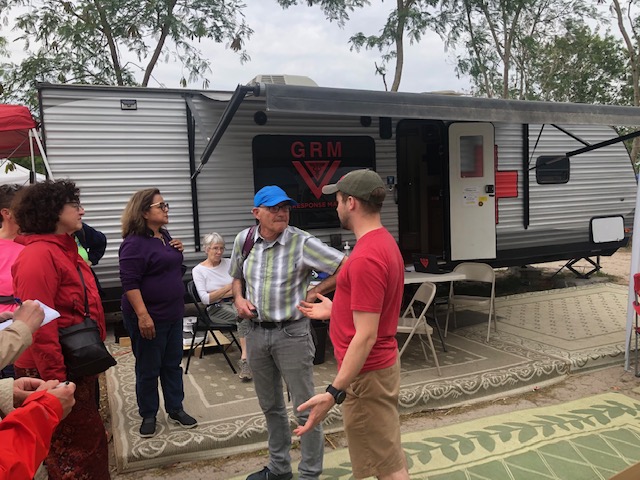
As our year turns to Passover, a festival about liberation, I ask you to think for a bit of the plight of the asylum seekers in Mexico and spread throughout the US, including those in immigration detention. There are few Jews in the United States who cannot trace their lives in the US back to family members who fled persecution to find refuge and relative prosperity in this country. We’ve always been able to identify with the refugee and asylum seeker because we were they, not so long ago. And now we are all fighting a common enemy in this virus.
The Haggadah asks us to imagine what it would feel like if we ourselves had left Egypt. Let us imagine, as well, what it feels like to be an asylum seeker arriving at the US border with Mexico. Our ancestors roamed the desert for 40 years; today, families with children are traveling thousands of miles to escape bodily harm and seek safety in the United States. Imagine what it would be like to go all that way only to find yourself living in a squalid, makeshift refugee camp in Mexico with little likelihood of receiving asylum, separated from your family in a detention facility, or sent back to the country from which you had fled for your life…
Put a pair of shoes (without shoelaces) at your door.
In detention, asylum seekers’ shoelaces are taken from them. This Passover, we join interfaith groups in using shoelaces—or the lack thereof—as a symbol of our support for those seeking asylum. This year, as you open your door for Elijah, consider leaving at the door a pair of shoes with the shoelaces removed. And just as we say, “May all who are hungry come and eat,” place the shoelaces on your doorknob to show that asylum seekers are welcome here.
Discuss asylum issues at your seder table.
Listening to the Haggadah’s words “Let My People Go,” we add the call to “Restore Asylum!” Use these prompts to foster discussion at your seder table:
- Exodus 23:9 says, “You shall not oppress an immigrant, for you know the feelings of the immigrant, having yourselves been immigrants in the land of Egypt.” Does this biblical text and the story of Passover connect to the circumstances of present-day asylum seekers? If so, how? If not, why not?
- Do we have an obligation, as Jews, to speak up and act regarding these challenges facing asylum seekers? If so, what can we do as individuals and as part of the Reform Jewish community? What community across lines of difference can you partner with to promote the rights and well-being of asylum seekers?
Living in this urgent time, we strive to achieve the Reform Movement’s vision of a world where all people experience justice, compassion, and wholeness.

Photo by Thomas Cartwright. Activists with “Witness At the Border” shine lights for asylum seekers at Brownsville port of entry in mid-February.
